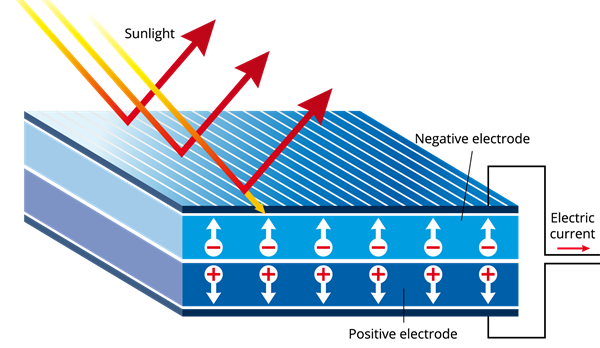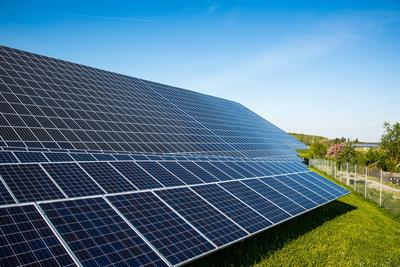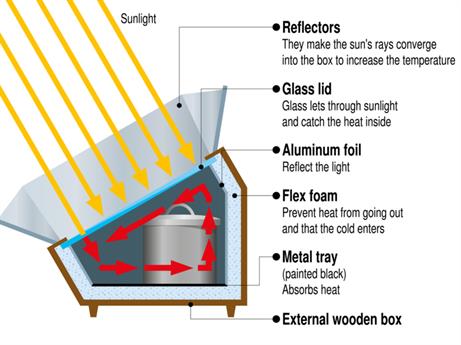
PUMPA - SMART LEARNING
எங்கள் ஆசிரியர்களுடன் 1-ஆன்-1 ஆலோசனை நேரத்தைப் பெறுங்கள். டாப்பர் ஆவதற்கு நாங்கள் பயிற்சி அளிப்போம்
Book Free DemoThe energy crisis has demonstrated that we must conserve non-renewable conventional resources from rapid depletion. For sustainable development in the energy sector, we need to replace non-renewable conventional resources with non-polluting, environment-friendly renewable sources.
New sources of energy, known as non-conventional sources of energy, are being developed. Non-conventional sources of energy would provide greater initiative to residents, allowing them to assess their needs and resources to devise a strategy that would be beneficial to them.
We will look into the different non-conventional sources of energy in the following theories.
1. Solar energy:
Solar energy is the energy harnessed from the sun.
The sun emits a vast amount of light and heat. Only about half of the solar energy (47\%) that falls on the atmosphere reaches the earth's surface. If we could use a small portion of this energy, we would fulfil the entire country's energy needs. Solar energy offers advantages and certain limitations.
Solar energy devices:
The energy from the sun is harnessed to generate electricity.
The various devices used for harnessing the sun's energy are called solar energy devices.
Solar cells:
Solar cells (Photovoltaic devices) are silicon-based devices that convert sunlight into electricity directly. A solar cell generates electricity without polluting the environment. As there is no fuel other than sunlight, no harmful gases, no burning and no wastes are produced. Solar cells can be installed in inaccessible and remote areas (forests and hilly regions) where constructing a power plant is too expensive.

Solar cell
Uses of solar cells:
1. Solar cells can be utilised for street lighting, traffic signalling, water pumping, battery charging systems etc.
2. Solar cells are used in artificial satellites and space probes.
3. Solar cells provide radio and TV transmission to remote locations.
4. Solar cells are used in calculators, electronic toys, and watches.
Solar panel:
The arrangement of many solar cells side by side connected to each other is called a solar panel.

Solar panel
The solar panel's capacity to supply electric current is much increased. However, the manufacturing process is very expensive.
Solar panel and how it works
Solar cooker:
A solar cooker is made up of an insulated metal box or wooden box painted black on the inside to absorb maximum solar radiation. The box's cover is made of a thick glass sheet. The reflector is the plane mirror attached to the box. Thus, the food is cooked by the energy radiated by the sun.

Solar cooker
Solar thermal power plant:
In solar thermal power plants, many solar panels concentrate sun rays and heat water into steam. The steam is used to run the turbines to generate electricity.
Advantages of solar energy:
1. Solar energy is readily available in our country and is free of cost.
2. It is a renewable energy source.
3. Solar energy can be used for generating electricity or heat.
4. Solar energy does not pollute the environment.
Important!
A solar heater with a capacity of 100\ litres can save up to 1500\ units of electricity per year.
Reference:
https://www.flickr.com/photos/151836356@N08/34514874094/in/photostream/
https://upload.wikimedia.org/wikipedia/commons/a/a3/Silicon_solar_cell.gif
https://www.shutterstock.com/image-vector/graphic-shows-parts-box-solar-cooker-1809991357